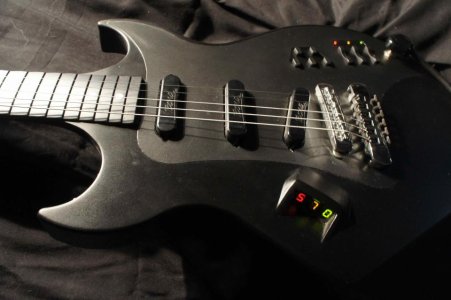I am in the camp of using a harder fret that pasts longer. 95% of guitars perhaps never get refretted and if they do, it is only done once, and generally only for repair. There is only a small percentage of guitarists neurotic enough to want to reduce the thickness of a perfectly good fret, but they do exist. I own three guitars that could probably use a refret, but apparently, the low and invisible fret is a thing I was not aware of? I don't particularly care for low frets, but I will live with whatever I am handed. I prefer medium jumbo frets with a very small flat spot on the top, not ever totally rounded. Why do you ask? Well, I am a string bender and found with perfectly crowned frets, that I quickly develop a flat spot anyway on the strings I bend most often. This obviously creates an uneven fret landing where it transitions between round and flattened. I found with a slightly flattened top ( all the way across ) the increased surface area resists wear a little longer before it gets too flat.
I have had some weird requests over the years repairing guitars, but I guess I have not come across the guy that wants to spend lots of money to make their perfectly fine frets be flatter and lower.
I feel that using a harder fret such as Cryo treated frets of simply Stainless just makes a guitar that once you get it where you want it ( based on the frets original profile ), it just lasts longer and you may never truly need a refret. You only get a couple or few refrets, before the neck is at risk of needing much more involved work or other tricky solutions to retain the frets securely. So I try and build guitars to need that job ONCE, when it was built.

